When I first starting purchasing and using sex toys, I was naive. I gave no consideration into exactly what I was using and where it went. I had no idea that I was possibly putting my health on the line. Now, I certainly put a lot more thought into choosing what does and doesn’t go in my body.
Firstly, I don’t want this to come off as me trying to lecture you. At the end of the day, it is YOUR choice as to what you purchase and use. All I want to do is give you an overview of what is out there, what the potential risks and hazards are, and then let YOU make up your mind as to whether it’s something you want to investigate further.
So why is toy material so important, and why is it such an issue? Unfortunately, the sex toy industry is not regulated. Shocking, right? This means that absolutely anything could be put in your sex toys. Sometimes, you might see written on the packaging ‘FOR NOVELTY USE ONLY’. This basically means that if you injure yourself, or develop an ailment through use of a sex toy, they can’t be held responsible. It’s very costly getting a toy ‘certified’, so most companies just don’t bother.
But this doesn’t mean all toy manufacturers are just heartless corporates just trying to make a buck without any consideration for their customers health and wellbeing. But with that in mind, you should be thinking about what you are putting inside your body. It’s not always easy, as a company can easily lie about what materials their products are made of.
As a consumer, you should always go with your instincts. If something sounds too good to be true, it probably is. The information presented here is to inform and educate. It’s your choice on what you choose to purchase and use.
So lets start off with…
Rubber
This is probably the most common material used in sex toys, as it’s cheaper to manufacture and incredibly flexible. It allows for more customisation in terms of look and size. The most common type of products made using rubber will be realistic dildos, butt plugs and anal beads. Most rubber products may contain latex, so if you have a latex allergy, you will definitely want to steer clear.
As it’s cheaper to manufacture, you tend to find that Rubber toys are cheaper to purchase, making them ideal for people on a tight budget. You need to be quite careful with rubber toys, as they are porous. This means that they have microscopic ‘holes’ in the material, in which bacteria can breed if it’s not cleaned and sterilised properly. The best way to avoid this is to ensure you clean thoroughly with water and anti-bacterial toy cleaner. It’s advisable to not share toys made of rubber with a partner. You can reduce the chances of bacteria harbouring in the toy by using a condom*.
Due to the materials and processes used to create rubber toys, you often find that these toys will have a particularly strong smell. This should dissipate over time and is usually lessened after a few washes.
Another thing to be wary of is that sometimes, Phthalates are often put in rubber toys. This is used to soften the rubber to make it more pliable. However there have been studies that have indicated that these can have a detrimental effect on reproductive health and well-being. Research is still on going, so it’s up to you to make up your own mind.
If you are using a toy made from rubber, then the best lubricant to use would be a good quality water-based lubricant. You can use a silicone lubricant as well, but always do a patch test first. You should never use oil or petroleum based lubricants as this will cause the toy to go bad.
When storing rubber toys, try to store them separately from other toys – where possible, try to store it in it’s original packaging. If 2 rubber toys come into contact with each other during storage, they can ‘melt’ and deteriorate resulting in unusable toys.
Thermoplastic Elastomers (TPE)
aka CyberSkin, UR3, Fanta Flesh etc. 
This material is commonly referred to as ‘flesh-like’ in both appearance and texture. You will find TPE in toys produced by Fleshlight, TENGA, Doc Johnson and Pipedream Toys to name a few.
Thermoplastic Elastomers (TPE) is, in basic terms, a mix of plastic and rubber. The difference here, is that generally they contain no PVC, Latex or Phthalates. You will recognise a product made from TPE by it’s soft, squishy texture that is often silky to the touch. This is because during production, the moulds’ used to create the toys are dusted with a ‘renewal’ powder (typically cornstarch) to stop them from sticking to the mould.
Products made from this are usually a little bit more expensive than typical rubber toys. This also means they require a little bit more maintenance. Like Rubber, TPE toys are also porous – so again, you will want to ensure after each use, you thoroughly clean it with anti-bacterial toy cleaner and be sure it’s kept separate from other toys. It’s also advisable to not share this material with a partner unless you are fluid bonded with them. Using a condom could potentially reduce any risk and may increase the longevity of your toy. It’s not an exact science, unfortunately.
Things like TPR/TPE can be quite tricky. Technically speaking, it’s not toxic – but due to is porous nature, I would never use an insertable product made from TPE/TPR. For things like masturbators, it’s a little bit more lenient – but a TPE/TPR dildo/butt plug will retain odour no matter how much you clean it. So for anal use, I would personally steer clear.
To clean a toy made from TPE, this is best down with water and toy cleaner, and then patted dry with a lint free towel. You can also leave it to air dry. It’s best to ensure (especially with a toy like a stroker/masturbator) that the internal canal is totally clean and dry before storage otherwise this will cause irreparable damage to your toy. When the toy is dried, you can lightly dust the toy with cornstarch (or official ‘renewer’ powder) and this will return the toy back to it’s soft velvet appearance.
When using a toy made from TPE – you should only use a water-based lubricant. Silicone/Oil-based lubricants can cause the material to deteriorate.
Silicone 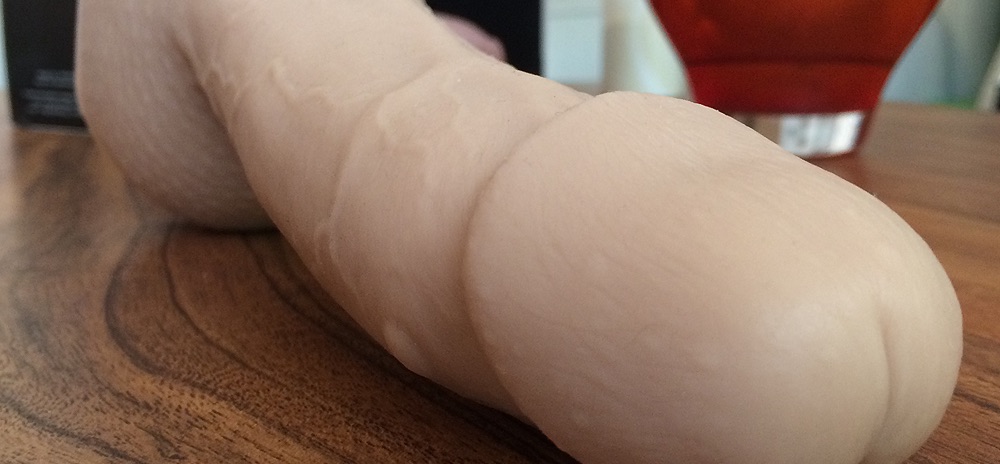
Silicone is one of the safest materials used in Sex toy production. You will find Dildo’s, Butt Plugs, Anal Beads, Vibrators and male toys either made from or coated with silicone.
Silicone can be quite expensive to manufacture, so you will tend to find that Silicone toys attract a higher price tag. Silicone comes in different textures and can be extremely firm or it can be super-soft. It warms up to body temperature extremely easy and is perfect for use in dildos and butt plugs, as their slight ‘squish’ makes them far more comfortable to insert.
Silicone is non-porous** – meaning that bacteria and general nastiness can’t seep into the toy, and nothing can seep out into you. It’s also much easier to clean. You can clean Silicone toys with just water and toy cleaner – or you can boil it (where possible) as Silicone can withstand temperatures up to 300 degrees Celsius (572 degrees Fahrenheit). Alternatively, you can bleach it in a 10% bleach solution (just be sure to ensure the toy is completely clean and bleach free before use! – although I think that goes without saying).
Companies like Tantus and Bad Dragon use platinum-cured silicone, ensuring it’s completely body safe. You may also see it listed as medical-grade silicone. Don’t be confused by ‘sil-a-gel’ or anything that labels it as a ‘mix’ of silicone. These toys will still be porous and potentially not 100% body safe.
When using a silicone toy, you should only use water-based lube. Silicone lubes can cause damage to silicone toys, especially if it’s not 100% silicone – so it’s best to stick with water-based (especially as these toys can be a bit more expensive – don’t want to ruin them!).
Silicone toys store quite well with other toys, however silicone attracts dust and lint like a magnet, so I will always try to store in a storage back or it’s original packaging, and then give it a quick rinse before use.
Glass
Glass is my absolute favourite sex toy material at the moment. Glass toys (usually dildo’s) are manufactured from a Borosilicate glass (you may better know it as being the same material your Pyrex dishes in the kitchen are made from). This means that they are strong, resistant to thermal shock (meaning it can be subjected to extreme temperatures without shattering) and thermal stress (meaning that they won’t smash into a million pieces if you drop it).
It’s also body safe as it’s completely non-toxic and non-porous. Glass pieces can withstand massive amounts of pressure, so you don’t need to worry about it breaking inside of you. The Icicles range by Pipedream is a popular line of Glass dildos (several of which have been reviewed on this blog).
Aside from being totally safe, Glass dildo’s are popular because they are durable, and visually they are more appealing (many of which almost look like mini sculptures).
Glass is completely versatile as a toy. Because of it’s high thermal shock threshold, you can warm or cool the glass down to enhance your experience with the toy. Just be careful – too hot/too cold and you could injure yourself! Usually 20 minutes in some warm water/fridge is sufficient enough.
Cleaning glass is incredibly easy. You can sterilise it the same way you would a silicone toy. You can even put it in the dishwasher! As it’s non-porous, it also means it’s safe to share with your partner (just always ensure it’s been cleaned before each use).
You can also use ANY lubricant you like with glass toys. Storage is simple as well – just pop it in a storage back and it will keep perfectly fine. It’s not difficult to see why Glass is becoming the go-to material for dildo’s and sex toys.
Metal (Stainless Steel/Aluminium)
Much like Glass, metal is becoming quite popular as a sex toy material. You will find toys like anal beads, butt plugs, dildos and chastity cages made from Steel/Aluminium.
Steel toys are heavier than Aluminium but both are body-safe and non-porous. Julian Snelling do a fantastic range of Steel and Aluminium butt plugs. As these toys are usually slightly heavier, they are generally recommended to slightly more experienced users.
You can also warm up/cool down metal toys (like glass) to allow for even more interesting sensations when using them. They can be cleaned in much the same way as glass, and you can use any type of lube with steel toys. Metal toys can be stored safely with other toys, and with good care, will last indefinitely.
There we go, a quick whistle-stop guide to some of the more popular materials used in sex toys today.
What’s your favourite material? Leave a comment below or hit us up on twitter and let us know.
Enjoyed the article? Feel free to share with your friends on Facebook/Twitter etc.
*Since this article was originally written, Dangerous Lilly has done some research into condom usage and sex toys, and found that ‘just use a condom’ is not enough. It needs to be a specific type of condom – preferably nitrile or polyurethane – latex condoms are useless.
**Even i’m still learning things. Non-Porous is a little bit of a misnomer when it comes to Silicone. Silicone still has micro-pores – so things like odours CAN be retained by silicone, but it cannot hold onto anything like bacteria – so whilst they can be completely sanitised, silicone can hold on to odour – however there are ways to remove/lessen that.

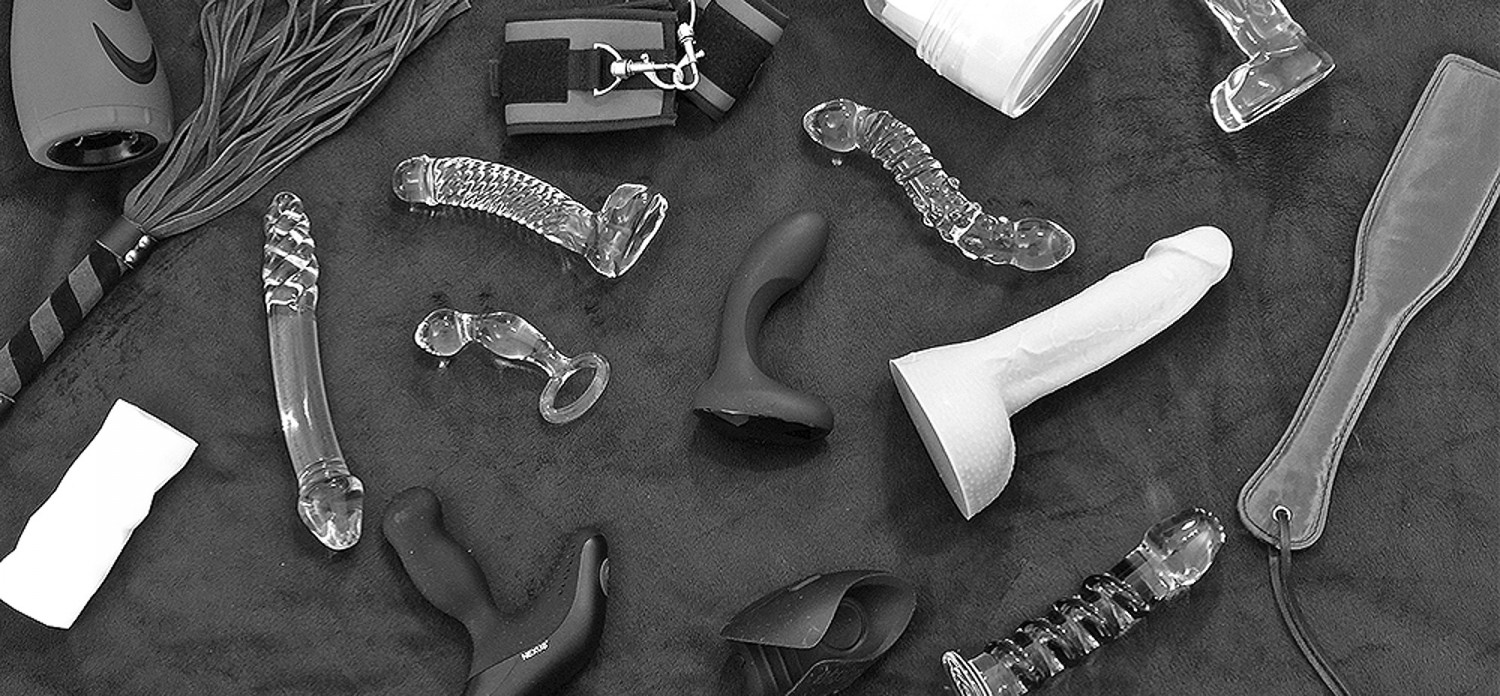



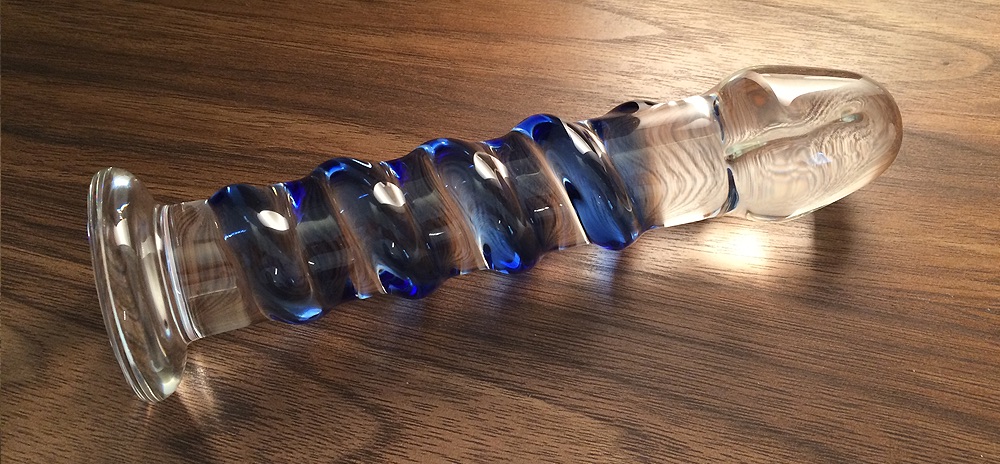

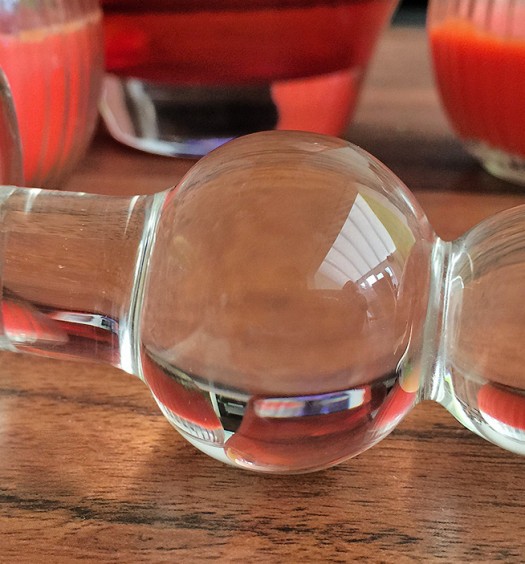
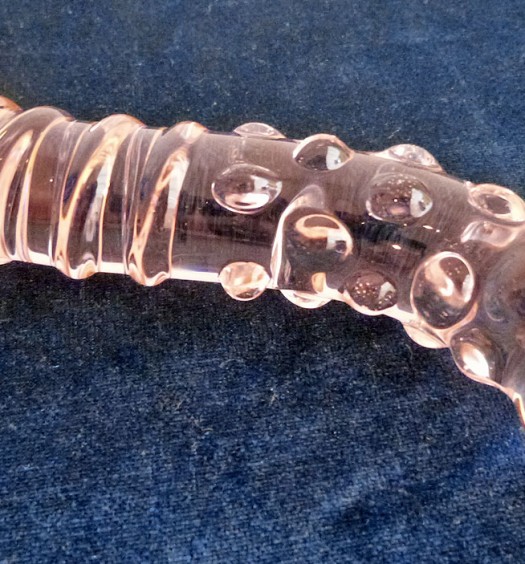










Connect